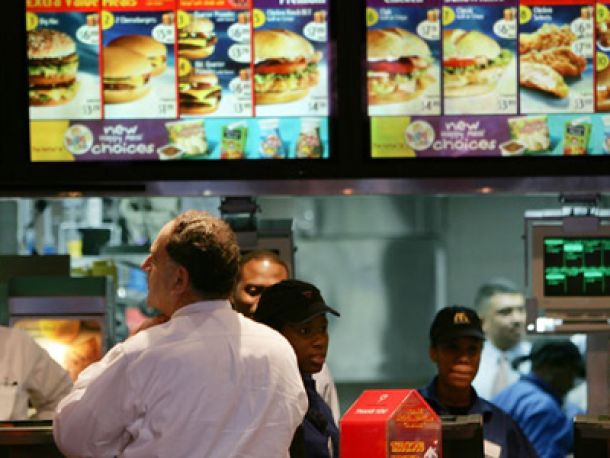News
Health care reform also touches tanning beds, restaurant menus
By: cnn.comPosted On: 03/24/2010 12:25 P

Tweet
The health care bill signed into law Tuesday by President Obama is the nation's most sweeping social legislation in four decades. But it also includes some smaller changes that will directly affect consumers.







